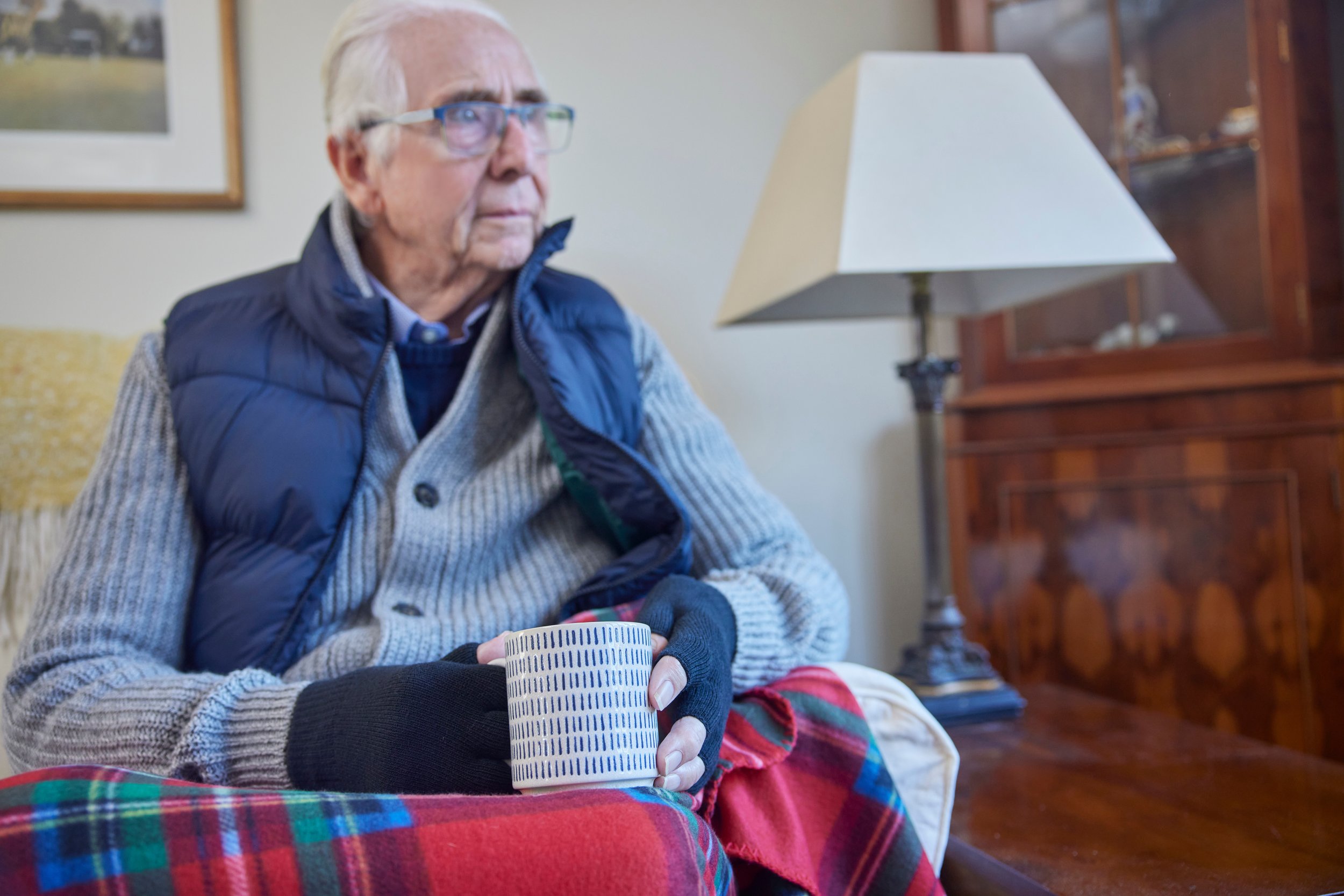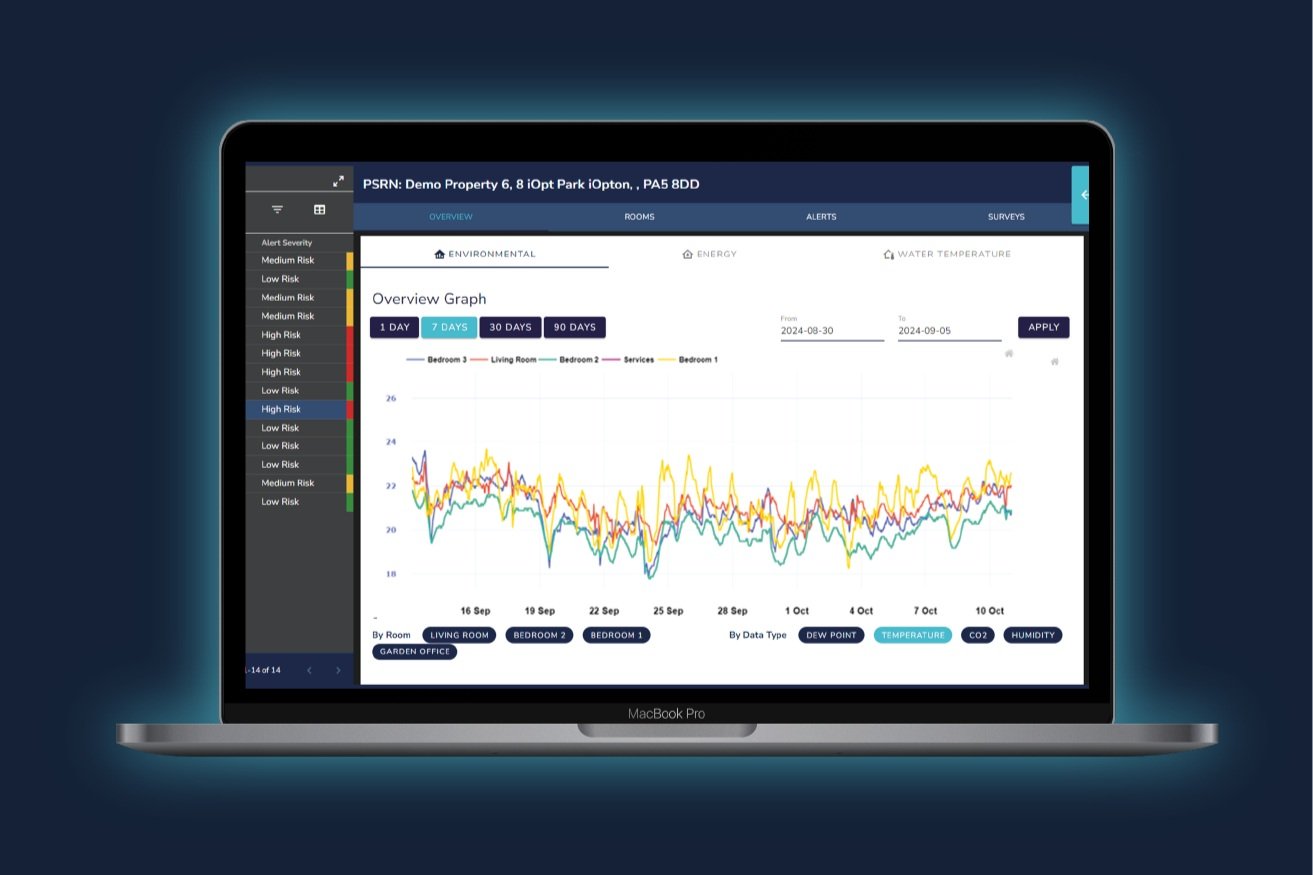Fuel Poverty.
Fuel poverty is when a household needs to spend 10% or more of its income on energy in order to keep their home warm.
Fuel poverty can lead to, or make worse, physical and mental health problems among fuel poor households. Cold homes are known to cause or worsen a range of serious health conditions including issues, such as bronchitis and asthma, circulation problems, heart attacks and strokes.

How is it identified?
Energy efficiency is the key driver of fuel poverty, causing a fuel poverty gap between what a household can afford to heat a home and what is needed to heat a home.
In order to bridge that gap, households either have to increase the proportion of their income they spend on energy, meaning cutting back on other essentials like food – ‘heating not eating’.
Or they use coping tactics to limit their heating use, such as heating just one room, or even not using the heating at all, or not inviting people round to their homes.
Energy Efficiency of a home ✔
Household Income ✔
Fuel Prices/ Energy price cap ✔
The Facts
15%
Despite having a higher percentage of energy-efficient homes compared to private rented homes, 15% of Social Housing properties are still in fuel poverty - gov.uk
£10,000
Cold homes exacerbate health issues, with 10,000 deaths per year in the UK linked to living in cold homes - National
Institute for Health and Care Excellence (NICE) – Housing Ombudsman
£1,717
The average annual energy bill under the Ofgem price cap is £1,717. A rise of 10% which is set to plunge 200,000 more households into Fuel Poverty this Winter
- Ofgem

iOpt’s easy-to-install, non-invasive sensors analyse in real-time the living environment, including temperature and energy usage. This data can highlight when a property is not being heated to the minimum standard, or when energy usage appears too low.
Alerts are then passed on to the housing provider who can explore ways to help any tenants out who may be facing fuel poverty.
How iOpt can help.
iOpt’s bespoke data platform can help social housing providers to be more proactive in the management of their housing stock. They can also help tenants who may not realise, or want to come forward and openly declare, that they are in fuel poverty.
By installing iOpt sensors in your property you will receive real-time information about the condition of that property. This allows for predictive and proactive planning and more informed decisions regarding the tenant, their property and how it can be heated so it is safe and warm.
Detect.
Prevent.
Because you have real-time visibility of the conditions and usage of your assets, you’ll have all the information you’ll need to be able to make much more informed decisions when it comes to diagnosing potential issues, handling tenant complaints and deciding which properties need repairs most urgently.
Protect.
By alerting you to potential issues before they arise, you can ensure healthier buildings, but more importantly, healthier tenants. It’s well-document how damp and mould can affect tenants and has been directly linked to an increased likelihood of asthma in children, so identifying these problems early can improve the tenants quality of life as well as the value of your asset.
Get in touch
Speak with one of our sensor-tech specialists and book your iOpt platform demo today.



